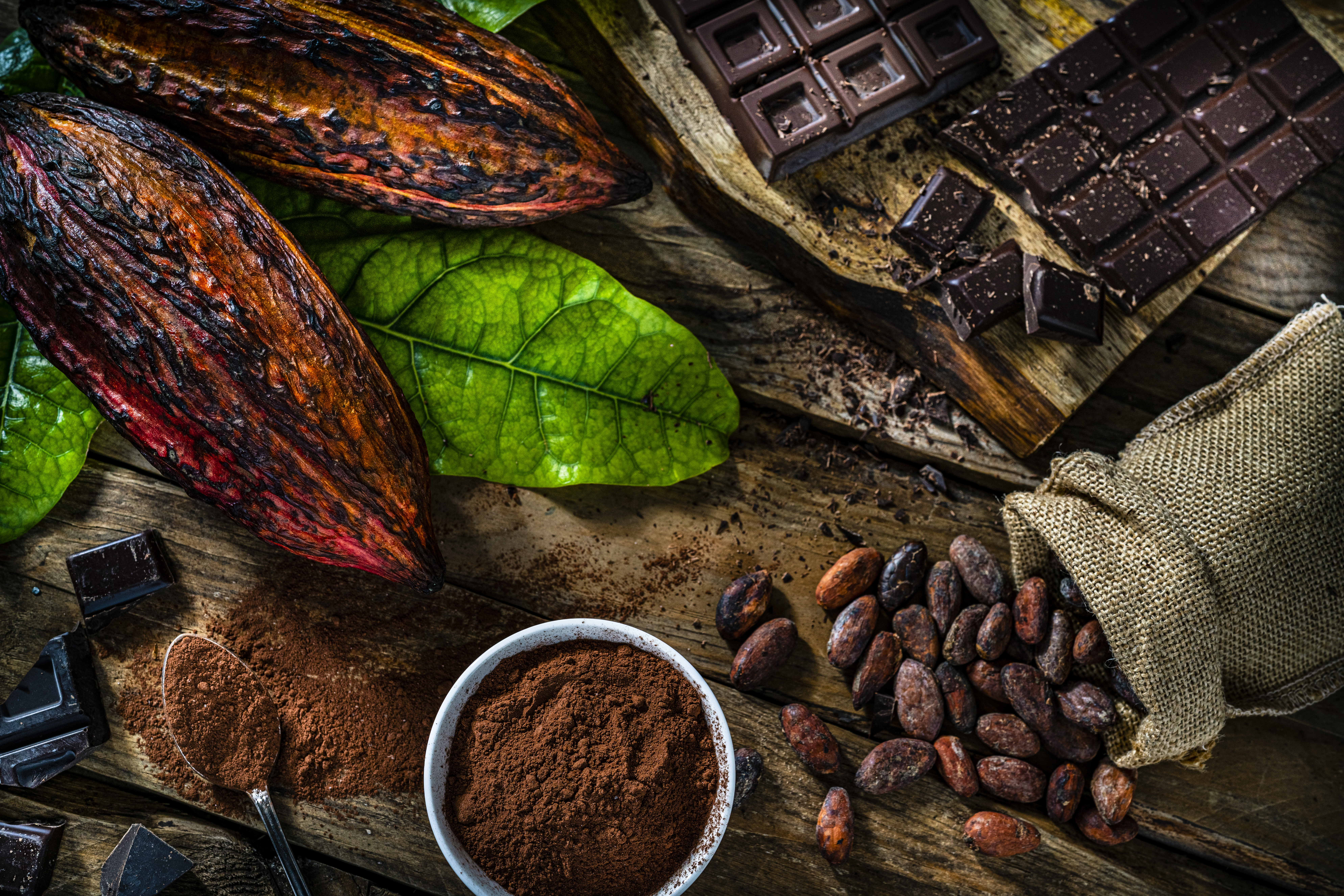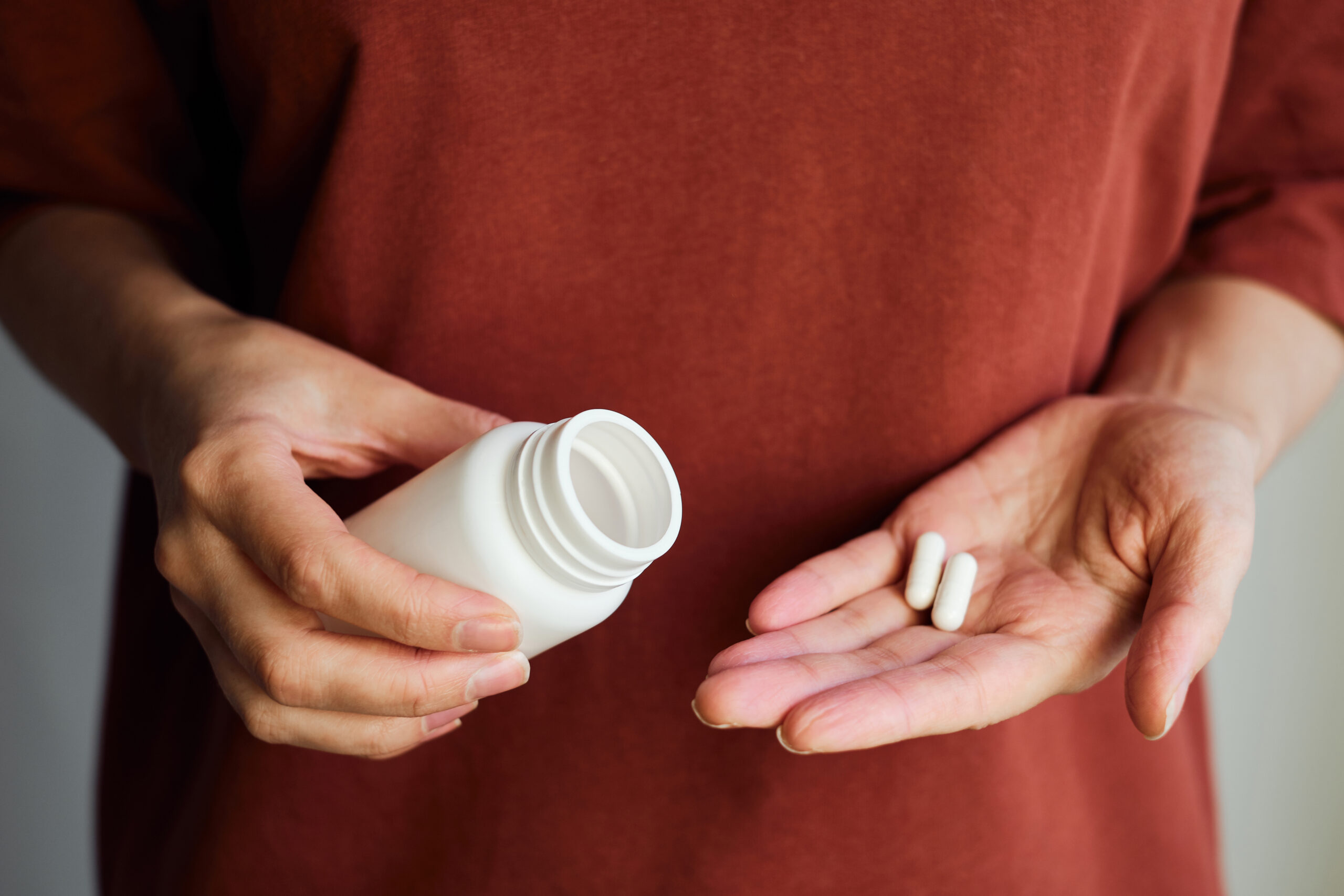There’s a good chance you’re eating too much sugar.
On average, American women take down a whopping 15 teaspoons of it every day.1 That’s higher than the Dietary Guidelines for Americans, and much higher than I generally recommend.
Of course, your body does need a little sugar—but not all sugars are created equally. I measure sugars based on the impact they have on your body and overall health.
When you’re consuming optimal amounts of what I call low-impact sugars—like those found in slow-low carbs like lentils or full-fat Greek-style yogurt (if you can tolerate dairy)—you’ll be powered by the glucose your body needs to function.
But when you’re consuming what I call high-impact sugars—the types of sugars found in sugary beverages or packaged snacks—your body has to break down that fructose without the help of fiber. The fructose hightails it to your liver, where it starts making fat and kicking off a never-ending cycle of cravings.
As I put it simply in my book, Sugar Impact Diet: Glucose is fuel, fructose is fat.
Most people understand on some level that there are differences in the kinds of sugars they consume. But they’re still surprised to learn just how much happens in their bodies after eating too much sugar, both in the hours after that binge and in the years—decades, even!—following a diet that’s heavy on sweets.
Let’s break down what happens to your body when you eat too much sugar.
Short-Term Effects of Eating Too Much Sugar
Here’s what’s going on in your body in the hours after you eat more sugar than your body needs to function:
- Drop in energy: The infamous sugar crash is real. You might feel a brief burst of energy or alertness after a hit of something sweet. But behind the scenes, your body is working overtime to produce the insulin necessary to convert all that sugar, making your blood sugar drop, which can make you feel sleepy or foggy. Researchers have found that an hour after eating sugar, study participants felt more tired and less alert than their control-group counterparts.2
- Unwanted weight gain: When your body utilizes the sugar it needs to function but there is still some left over, the excess can turn to fat, making it tougher to maintain the weight you want.
Long-Term Effects of Eating Too Much Sugar
Over time, a diet high in sugar has an enormous impact on your health in several different ways—all of which can overlap and exacerbate each other.
I know it’s not always easy to think about the long-term effects of a decision in the moment—especially if that decision looks like one little “harmless” tasty treat. But we’re talking about some serious long-term implications here, so it’s important to form habits that lead to sustainable, smart lifestyle choices.
Let’s break down what happens to your body in the long term if you eat too much sugar:
Increased Cravings and Weight Gain
This happens for a few different reasons. For one, a high-sugar diet can inhibit your body’s response to leptin, the hormone that tells your brain that you’re full.3 Without it, your body will crave more food than it needs to stay energized, making it more difficult for you to maintain the weight you want.
It gets worse if you’re regularly consuming artificial sweeteners. Some of the most popular ones (like aspartame, which flavors Diet Coke) are about 180 times sweeter than regular sugar.4 Over time, that desensitizes your tastebuds and trains your brain to crave intense, fake sweetness. You’ll probably find yourself wanting to reach for the artificial flavors of foods with high-impact sugars, exacerbating the cycle of cravings.
Higher Risk of Cardiovascular Disease and Stroke
There’s no way around it—high-sugar diets hurt your heart. Researchers compared two groups of people: those who got 8% of their daily calories from added sugars, and those who got 17-21%. The latter had a 38% higher risk of dying from cardiovascular disease.5
Eating tons of sugar can also raise your blood pressure and triglycerides (even more than saturated fats can), both of which can lead to heart disease.6
Negative Impact on Brain Function and Mood
The state of your brain has a giant impact on how and what you eat. When stressed out or anxious, your brain can crave the serotonin boost that comes from eating sugar. Feed it that sugar, and the cycle continues, fueling a spiral of sugar craving and consumption that researchers have linked to emotional disorders like anxiety and depression.7
One study that looked at postmenopausal women in particular found that the higher the women’s intake of sugary beverages and refined or processed foods, the higher their incidence of depression.8 The researchers suggested that lifestyle changes including a decrease in sugar intake should be considered in an overall treatment plan.
More Visible Aging
Aging is a privilege, but I know that it’s tough to remember that when you don’t like the appearance you see in the mirror. High-sugar diets can age you in a few different ways.
For one, they can form advanced glycation end products, otherwise appropriately known as AGEs.9 Many researchers believe these compounds, which are formed when proteins are exposed to sugars, contribute to signs of aging in skin like wrinkles or sags by damaging collagen.
To counteract collagen damage or loss, add my Collagen Peptides Powder to any beverage! It can help support your skin, nail, and hair hydration and appearance for the youthful glow you love to see, with 11 grams of protein per serving.*
Surprising Foods With Sugar
Shocked at how potent the effects of sugar really are? You’re not alone. In my four decades in the health and wellness space, I’ve talked to tons of people who are horrified to learn what really happens to their body when they eat too much sugar.
But I’ve heard other reactions from people, too. They’ll say, “Good thing I don’t eat donuts for breakfast or drink soda all day long!”
Sure, that’s great! But they’re stunned when they find out that their sugar consumption is actually sky-high, even though they’re avoiding the foods they know to be laced with added sugars.
Sugar is sneaky, hiding where you least expect it—in foods that taste savory, in packaged goods marketed as “health” foods, and in drinks that are supposed to be good for you. Let’s look at some of the most surprising places you can find added sugars, and the healthy swaps you can make for those items.
- Plant-based milk: The flavor in dairy milk comes from fat, so when it’s taken out, food scientists usually add flavorings that are high in sugar to give it some more taste. A large oat-milk latte made from one of the original oat-milk brands could have 14 grams of sugar in it, putting you almost at your daily recommended limit just from your morning coffee! I like unsweetened versions of flax milk for nutrient-dense, non-dairy milks.
- Sauces and salad dressings: These surprise people, because so many, like marinara, buffalo, or BBQ sauce, are savory or spicy. One of the most popular BBQ sauces has 17 grams of sugar in just two tablespoons, and it’s not unusual to see marinara sauces with 10+ grams of sugar in them. Low-fat or “light” versions of sauces are particularly bad offenders. I love whipping up my own salad dressings and sauces so I can fully control the ingredients and avoid Hi-FI foods.
- Yogurt: Grab a typical yogurt for breakfast and you’ll have more than your optimal daily sugar intake by 9 am, thanks to brands cutting out the good fats and replacing them with sugar. Some try to trick you into thinking you’re getting nutrient-rich “fruit on the bottom,” but I’ve seen tiny containers of those with as much as 20 grams or more of added sugars, or about half the sugar you’d find in a Coke! Read the labels, and opt for an organic, full-fat Greek-style yogurt for some protein and probiotics if you can handle dairy. If not, I love Kite Hill or So Delicious as dairy-free alternatives.
- Packaged green juices, green teas: I’m always gobsmacked when I look at the labels of some of these “healthy” green juices or teas. There’s a staggering amount of sugar in them, usually coming from the juice of way more apples or oranges than you need. My least favorite is Naked Green Juice. It has 53 grams of sugar in one 15-oz bottle, more than a Coke and three times your recommended daily intake! Go eat an apple instead—then, you’ll actually get the fiber your body needs to effectively break down sugar and fuel your day. Or for a beverage, my Peach & Mint Iced Green Tea is one of my favorite things to enjoy throughout the day.
Read Your Food Labels
There’s one good thing about these sneaky sugars: you can find them when you know how to look for them. Always read the labels to figure out where sugar is lurking.
But labels can be misleading. Even if a package says “no sugar added,” it might be full of naturally occurring sugars, so be sure to check the nutrition information. Also keep your eye out for the artificial sweeteners in products that claim to be “unsweetened.” You’ll find ones like aspartame and sucralose in products ranging from diet sodas to bottled teas, and sometimes even in mineral or carbonated water.
You can listen to me talk more about why artificial sweeteners are so dangerous on my podcast, but I’ll give you the short version here: they wreck your gut and train your brain to crave more sweets and fake flavors.
Tons of other products ranging from frozen meals to salad dressings to canned nuts include maltodextrin, an additive used to give foods more texture or flavor. It’s often presented in doses small enough that it won’t have a high impact on your health, but since it is high on the glycemic index, it’s one to keep an eye out for if you’re already diabetic.
It’s easy to get tricked and fooled by labels, and tough to avoid sugar when it lurks everywhere. But when you know where to look, you’ll be able sneak right past the sugar and make the smart choices that make you feel great.
If you’re really serious about cutting out sugar, the most effective way to reel is to move through my Sugar Impact Diet. Your taste buds can change in as little as two weeks (and so can your waistline)! Lowering your sugar impact is also the single biggest needle mover when it comes to weight loss, great energy, and overall health.* Get the book and try it for yourself here.
*These statements have not been evaluated by the Food and Drug Administration. These products are not intended to diagnose, treat, cure, or prevent any disease.
Sources:
- USDA: National Health and Nutrition Examination Survey (NHANES)
- Mantantzis, K., Schlaghecken, F., Sünram-Lea, S. I., & Maylor, E. A. (2019). Sugar rush or sugar crash? A meta-analysis of carbohydrate effects on mood. Neuroscience and biobehavioral reviews, 101, 45–67. https://doi.org/10.1016/j.neubiorev.2019.03.016
- Aslam, M., Madhu, S. V., Sharma, K. K., Sharma, A. K., & Galav, V. (2021). Hyperleptinaemia and its Association with Postprandial Hypertriglyceridemia and Glucose Intolerance. Indian journal of endocrinology and metabolism, 25(5), 443–449. https://doi.org/10.4103/ijem.ijem_393_21
- Magnuson, B. A., Carakostas, M. C., Moore, N. H., Poulos, S. P., & Renwick, A. G. (2016). Biological fate of low-calorie sweeteners. Nutrition Reviews, 74(11).
- Neelakantan, N., Park, S. H., Chen, G. C., & van Dam, R. M. (2021). Sugar-sweetened beverage consumption, weight gain, and risk of type 2 diabetes and cardiovascular diseases in Asia: a systematic review. Nutrition reviews, 80(1), 50–67. https://doi.org/10.1093/nutrit/nuab010
- DiNicolantonio, J. J., Lucan, S. C., & O’Keefe, J. H. (2016). The Evidence for Saturated Fat and for Sugar Related to Coronary Heart Disease. Progress in cardiovascular diseases, 58(5), 464–472. https://doi.org/10.1016/j.pcad.2015.11.006
- Jacques, A., Chaaya, N., Beecher, K., Ali, S. A., Belmer, A., & Bartlett, S. (2019). The impact of sugar consumption on stress driven, emotional and addictive behaviors. Neuroscience and biobehavioral reviews, 103, 178–199. https://doi.org/10.1016/j.neubiorev.2019.05.021
- Gangwisch, J. E., Hale, L., Garcia, L., Malaspina, D., Opler, M. G., Payne, M. E., Rossom, R. C., & Lane, D. (2015). High glycemic index diet as a risk factor for depression: analyses from the Women’s Health Initiative. The American journal of clinical nutrition, 102(2), 454–463. https://doi.org/10.3945/ajcn.114.103846
- Aragno, M., & Mastrocola, R. (2017). Dietary Sugars and Endogenous Formation of Advanced Glycation Endproducts: Emerging Mechanisms of Disease. Nutrients, 9(4), 385. https://doi.org/10.3390/nu9040385







